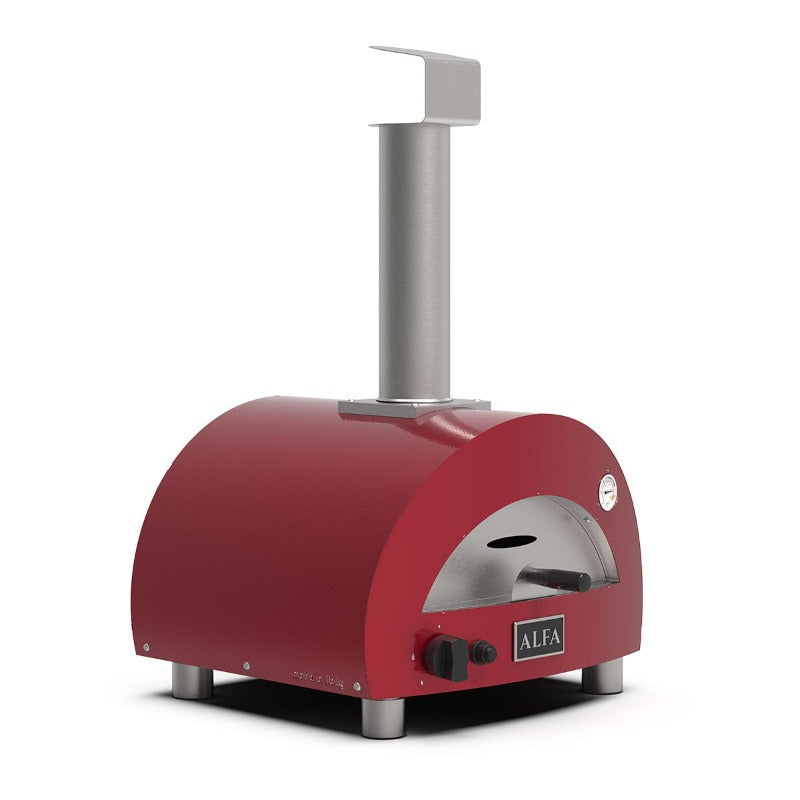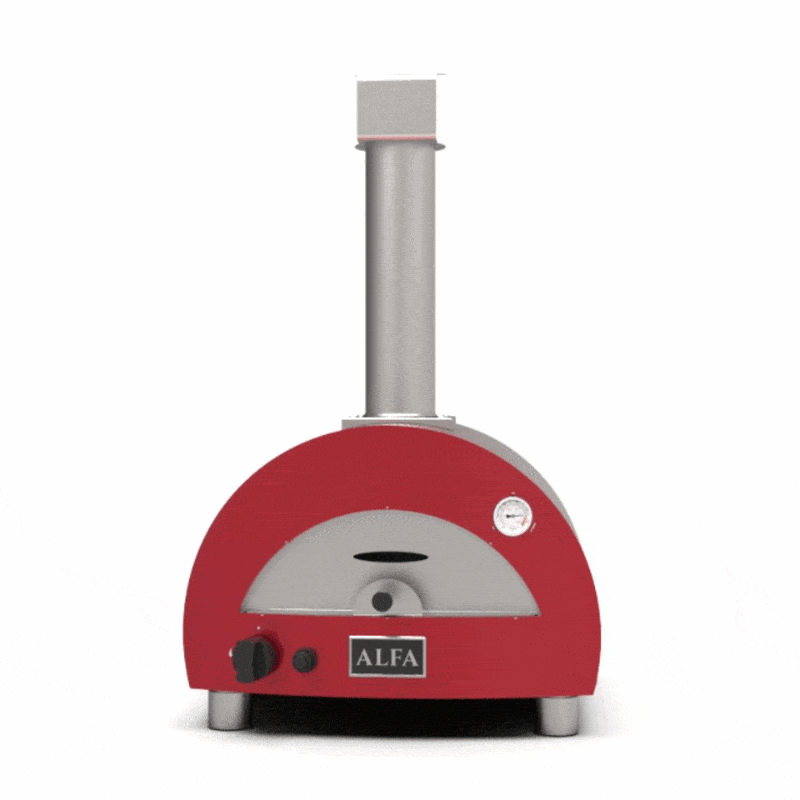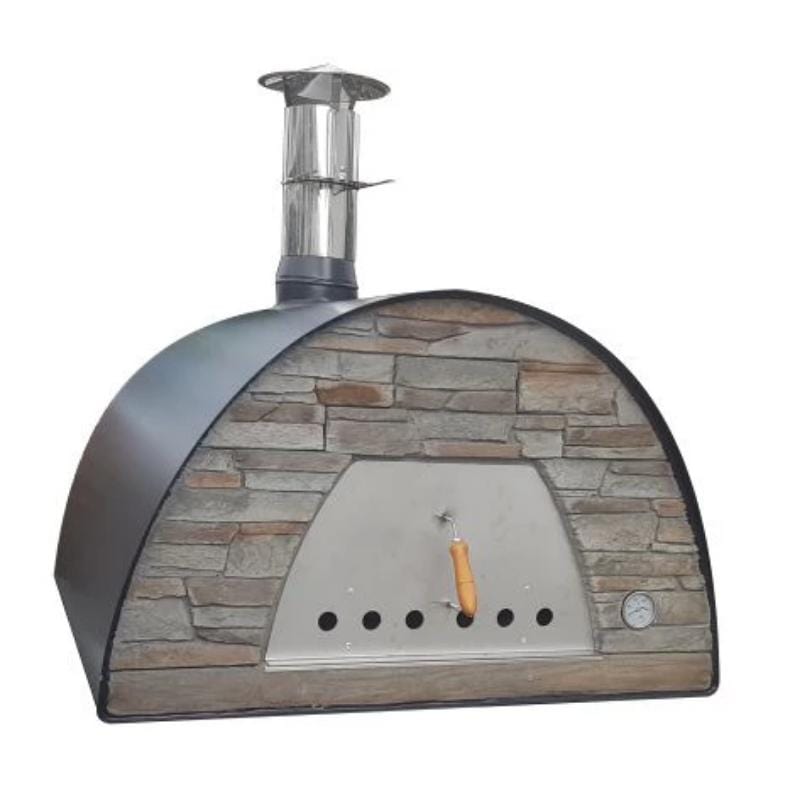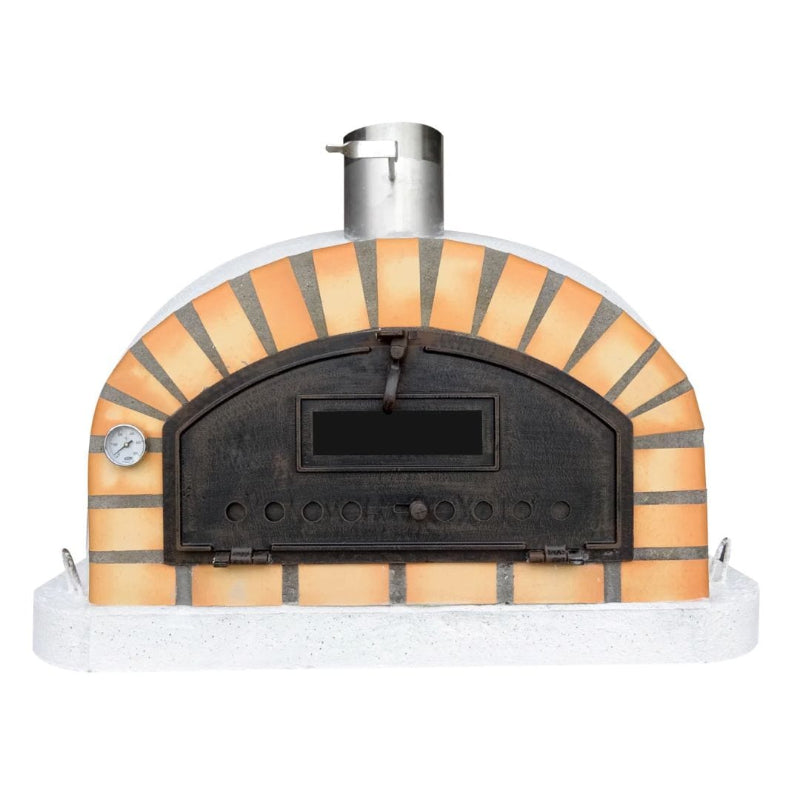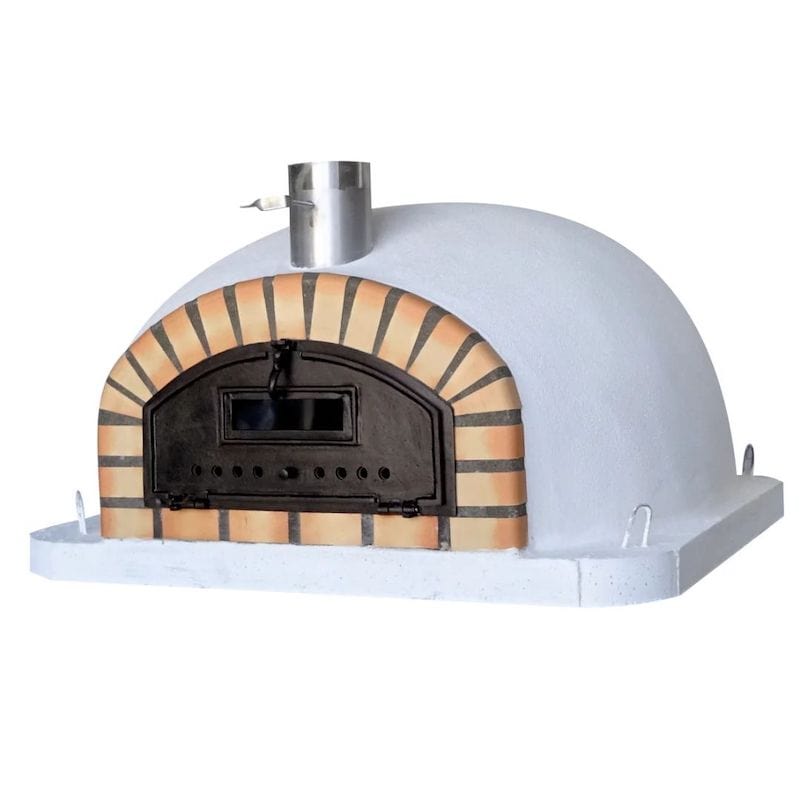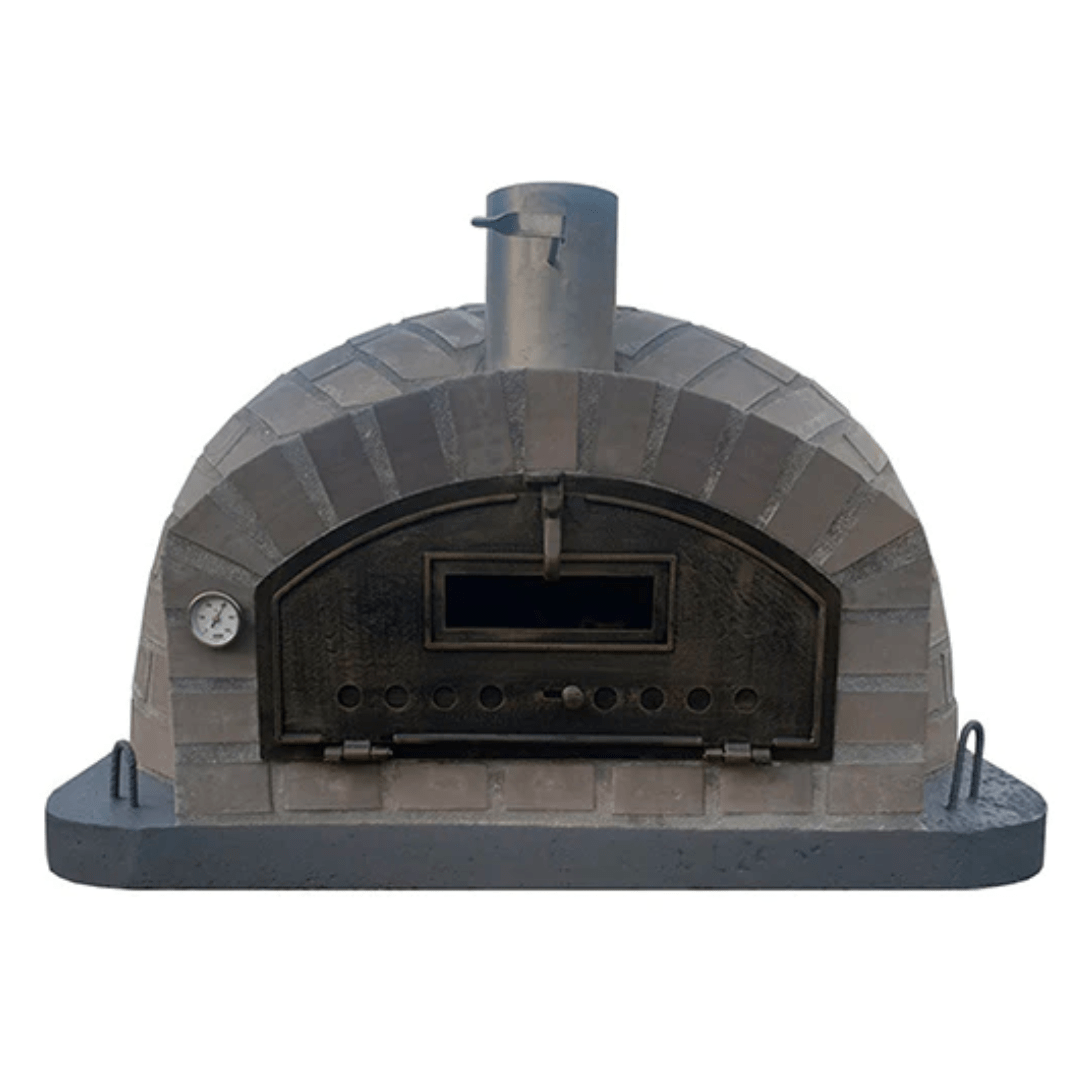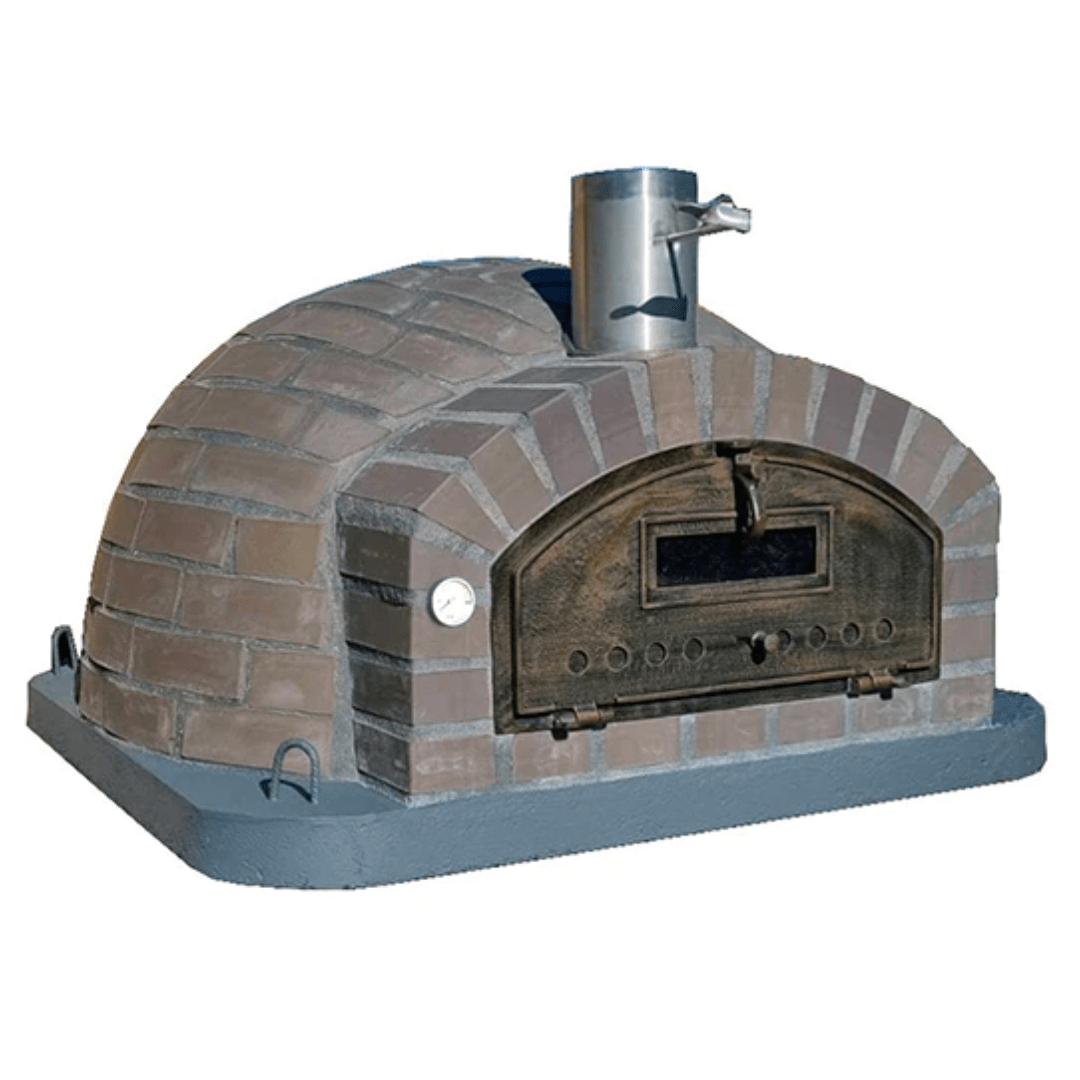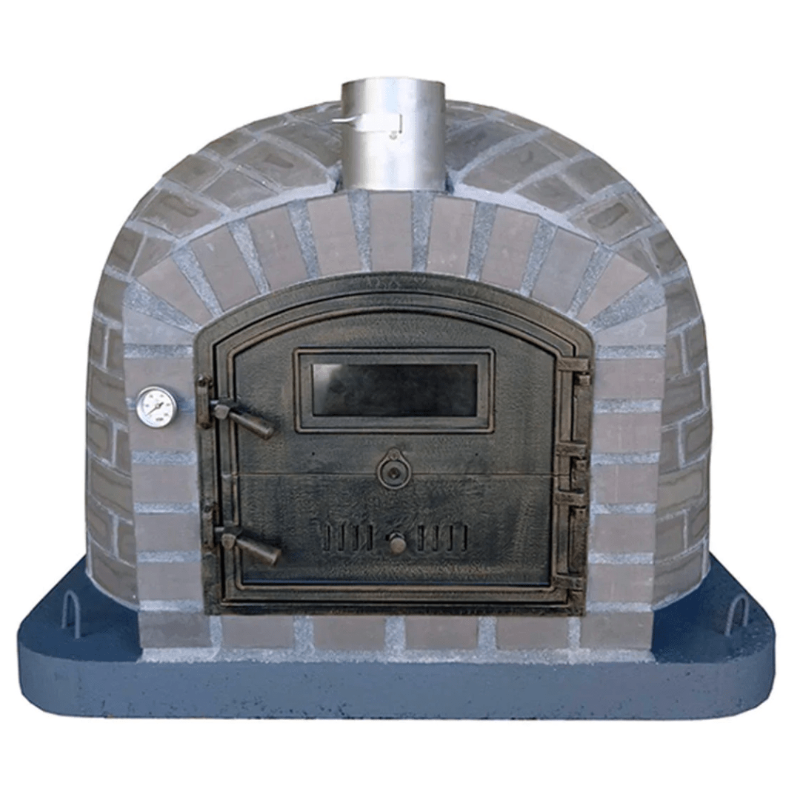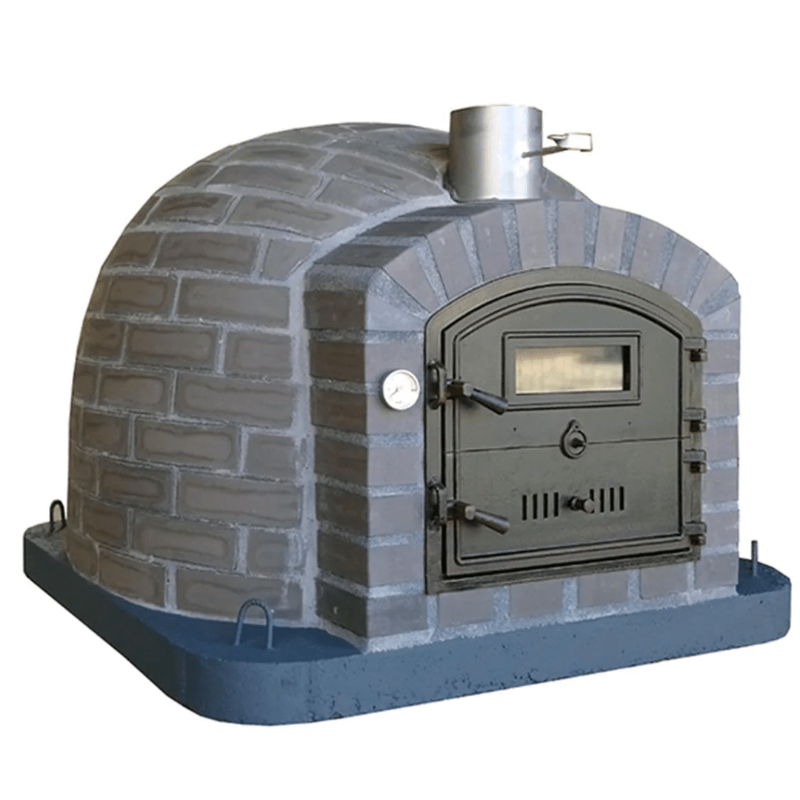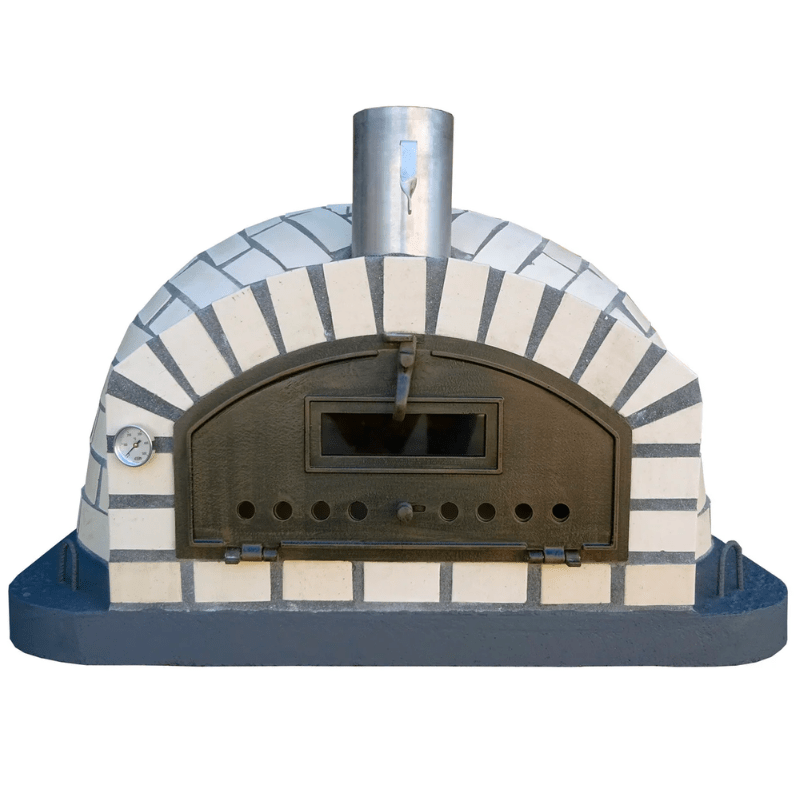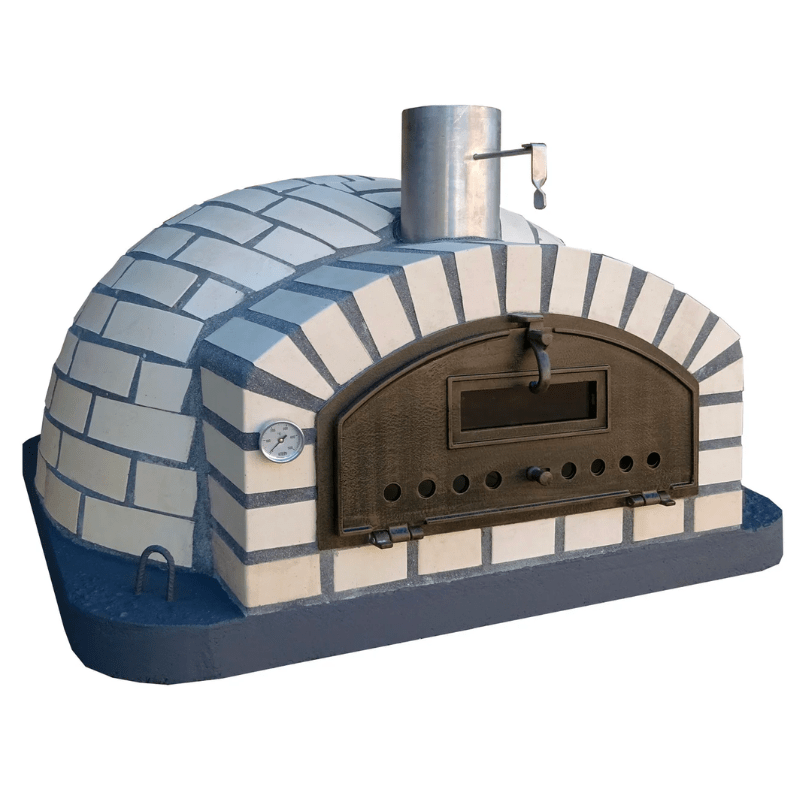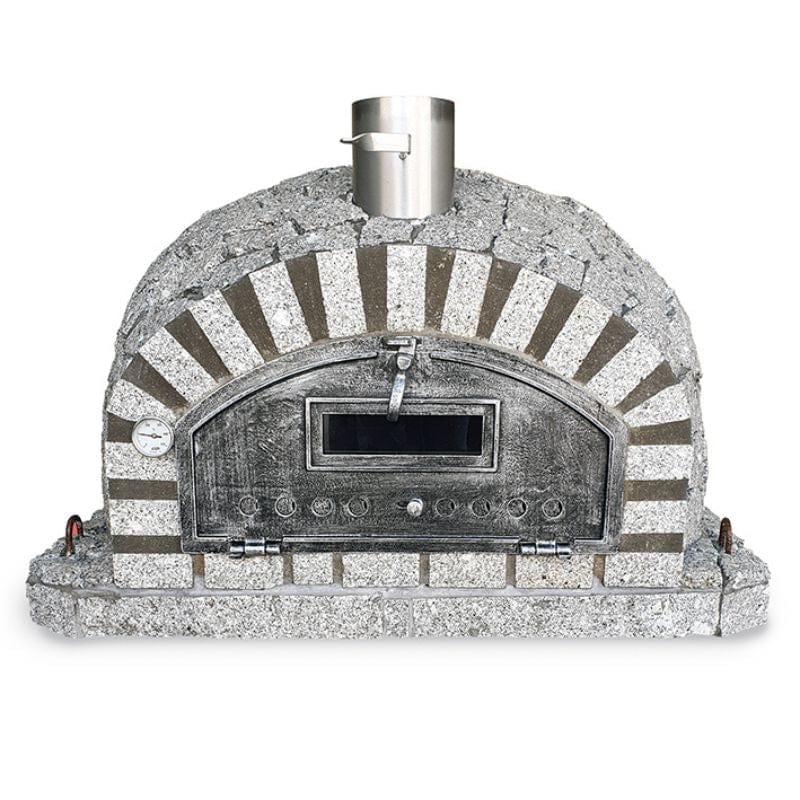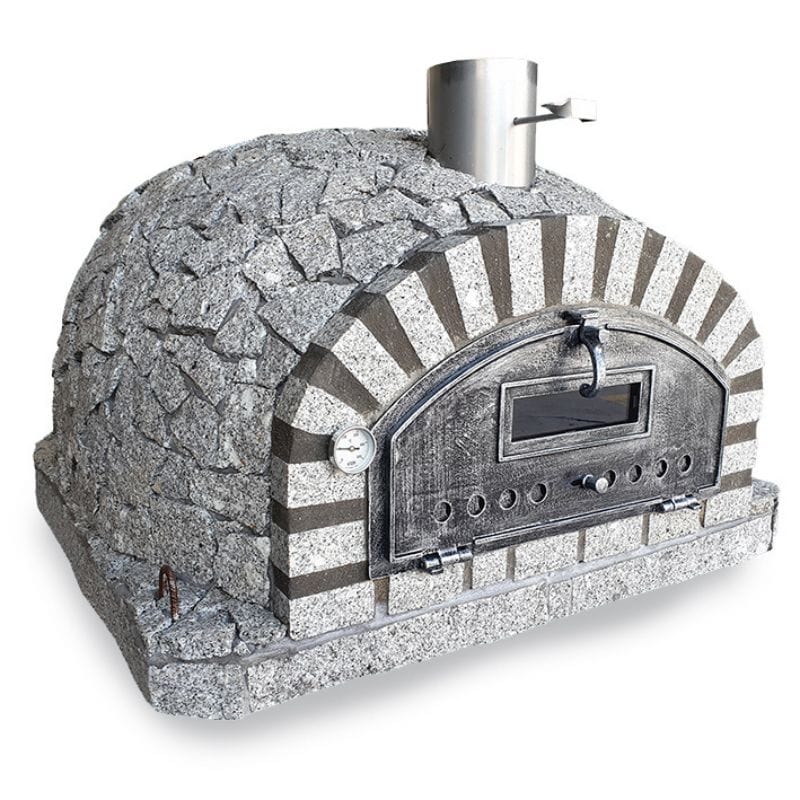I. Introduction
The food truck industry exploded in popularity over the past decade, offering entrepreneurs a mobile platform to showcase their culinary creations without the constraints of a traditional brick-and-mortar restaurant. Among the diverse array of food truck options, pizza stands out as a perennial favorite, tantalizing taste buds with its deliciously versatile toppings and crispy crusts.
If you're considering delving into the world of food trucks, starting your own pizza venture could be a particularly enticing opportunity. Launching a pizza food truck holds significant promise for budding entrepreneurs due to its relatively low initial investment compared to opening a traditional restaurant.
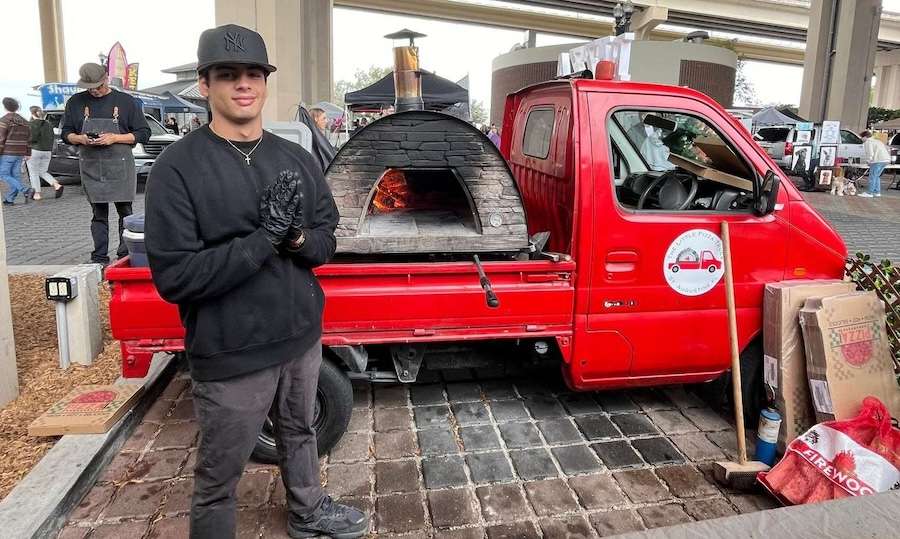
With the ability to roam different neighborhoods, cater events, and attend festivals, a mobile kitchen can reach a wide audience and adapt to changing customer preferences with ease. However, while the potential rewards are high, it's essential to grasp the various costs involved in establishing and operating such a venture.
Understanding the financial landscape of starting a new food truck business is crucial for success. From the initial setup costs to ongoing operational expenses, each aspect demands careful consideration and planning.
By delving into the intricacies of these costs, aspiring food truck owners can navigate the journey of entrepreneurship with confidence and maximize their chances of building a thriving business.
II. Initial Startup Costs
Launching your own food truck requires a solid financial foundation to cover various startup expenses. One of the primary costs to factor in is the acquisition of a suitable food truck.
Whether you choose to purchase a new or used vehicle or opt for leasing, this initial investment will significantly impact your budget. The cost of a food truck can be in the price range of $50,000 to $200,000 while food trailers are often much less expensive.
Vehicle Modifications
Some people are lucky enough to find food trucks for sale that have already been kitted out with the best kitchen equipment. However, that’s never guaranteed. Food trucks with a pizza oven are not as common as other food truck types, meaning your chances of finding one that’s ready to go are probably slim.
You may need to factor in the costs of vehicle modifications before your business begins in earnest. Set money aside for kitchen equipment, storage, and pizza ovens. At a minimum, most pizza food trucks require pizza ovens, refrigerators and freezers, serving equipment, and food preparation surfaces.
Additionally, customizing the truck to meet health and safety regulations and outfitting it with the necessary cooking equipment, refrigeration units, and storage spaces entails further expenses.
Not to be forgotten are the costs associated with branding and your food truck’s exterior design. You may need to set aside thousands of dollars to help make your food truck stand out from the crowd. After all, the food truck scene is growing at a rapid pace, and you’ll likely have stiff competition!

Food Truck Licenses and Permits
While anyone with pizza-making skills can thrive in the food industry, not just anyone can launch their own food business out of a truck. You must have all the appropriate licenses and permits. These can vary across all states in the United States.
At a minimum, you may need a business license, permits from the health department, and a food handler’s permit. If you don’t have a permanent location to sell from, parking permits and compliance with local zoning regulations will also be important. Failure to secure proper permits can result in hefty fines and even the shutdown of your operation, so it's essential to research and comply with all regulatory requirements.
According to a Food Truck Nation report, starting and maintaining a food truck for one year can cost an average of $28,000+ for all permits, licenses, and ongoing legal compliance. Understanding your legal and local obligations before launching your food truck can be a good idea. By being aware of what’s required of you before you start planning, you may avoid making costly mistakes that delay your grand opening.
Insurance
Insurance costs are another consideration not to be overlooked. Just as you need to budget for insurance in everyday life for your house, contents, vehicles, and medical needs, you’ll need to do the same for your business.
Food truck insurance typically covers liability, property damage, and vehicle insurance, safeguarding your business against unforeseen accidents or legal liabilities. You may be required to purchase liability, vehicle, and workers’ compensation insurance policies.
While added costs can be frustrating, insurance can be a crucial form of protection for your business. Failure to have it might mean you must pay out of pocket for any legal issues or food truck damage.
Servingware and Packaging
Lastly, stocking up on initial inventory and supplies is essential for launching your pizza food truck. Having all the necessary ingredients and kitchen equipment to start cooking delicious pizzas is just the first step toward launching a successful food truck.
You must also consider the costs of servingware and packaging to provide your customers with a standout food service experience. Napkins, condiments, toppings, pizza boxes, and containers are just a few of the many things you’ll need to purchase initially and for as long as you’re in business. While these initial costs may seem daunting, they lay the groundwork for a successful and sustainable food truck business.
III. Ongoing Operational Costs
Once your pizza food truck is up and running, it's vital to consider how much money is necessary to keep your business thriving. One of the most significant expenses you'll encounter is purchasing ingredients and food supplies. From ,
Ingredients to Produce Your Pizza
You’ll need many high-quality ingredients to prepare delicious pizzas from your food truck. These range from fresh produce to premium cheeses and meats. While choosing the most cost-effective suppliers is tempting, sourcing high-quality ingredients is essential for delivering delicious pizzas that keep customers coming back for more. It's crucial to establish relationships with reliable suppliers to ensure a steady and consistent supply of ingredients. Before partnering with a supplier, it’s a good idea to check business credit of potential partners to verify their financial reliability and ensure they can meet your long-term needs without interruptions.
For example, food producers who use inspection systems from leading providers like TDI Packsys may charge more for their ingredients. However, you can typically enjoy more peace of mind knowing their goods have undergone thorough inspections before being sold to restaurants and other food businesses. The more high-quality the ingredients you have, the more delicious your pizzas will be, and the easier it is to attract (and keep) your new loyal customer base.
Food Truck Fuel and Maintenance
Fuel and maintenance costs for your food truck are other ongoing expenses to account for. As you traverse different locations to serve customers, fuel consumption can add up quickly. You’ll need to pay for fuel to drive it to your location and even to run it for food service, depending on how it’s powered.
Just as your own run-about vehicle requires fuel and maintenance, so does a food truck. Regular maintenance and servicing of your vehicle are also necessary to keep it running smoothly and prevent breakdowns that could disrupt your business operations. You may need to set aside funds for regular servicing and the repairs and maintenance of parts. Fortunately, there’s potential for you to save money if you can take care of most vehicle maintenance and repairs yourself.
Wages
Labor costs are an often overlooked cost associated with food truck businesses. While you may initially handle most tasks yourself, as your business grows, you may need to hire additional staff to help with food preparation, customer service, and driving the truck. It's essential to budget and set aside money for wages, taxes, and any other employee-related expenses to ensure fair compensation for your team while staying within your financial means.
Marketing and Advertising
Some food trucks have become known for serving excellent food. A popular way food trucks advertise themselves is through flyers but what response rate would you get from printed flyers? If your customers are happy with your pizza, they’ll spread the word to their friends and family. Before long, you can have a dedicated customer base. After all, word of mouth is a powerful form of advertising.
However, with so many food trucks operating in busy cities, a budget for marketing and advertising can often be crucial for getting the word out about your delicious pizza.
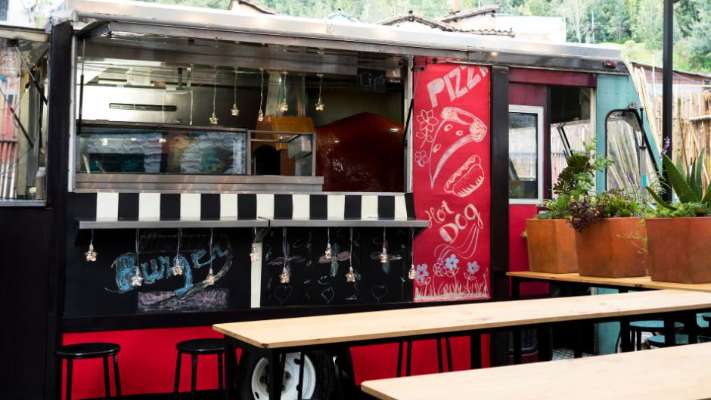
Marketing and advertising expenses are crucial for attracting customers and building brand awareness for your pizza food truck. Investing in eye-catching signage, social media marketing campaigns, and participating in local events and food festivals can help you reach new customers and keep your existing ones engaged.
You may need to launch a website, set aside funds for a developer to create an online ordering service, and pay for social media ads, Google ads, and traditional advertising like flyers and newspaper ads. These costs can all stack up. While marketing costs may vary, allocating a portion of your budget to promotional efforts is essential for growing your business and staying competitive in the crowded food truck market. When launching your website, you can use whois to check if the domain name you want is available, ensuring you can secure a web address that matches your existing branding.
Utilities
Utilities such as electricity for refrigeration and cooking equipment are ongoing costs that shouldn't be overlooked. Ensuring your food truck has reliable power sources and efficient appliances is essential for maintaining food safety standards and delivering high-quality pizzas to your customers. By factoring in these ongoing operational food truck costs, you can develop a comprehensive budget that accounts for all aspects of running a successful pizza food truck business.
IV. Location Costs
Choosing the right locations to park your pizza food truck can significantly impact your business's success. Rent or fees for parking spots or setting up at events are essential considerations in your budget.
Popular locations with high foot traffic may command higher fees but offer greater visibility and potential for sales. However, less expensive or free parking spots in strategic areas can also be lucrative, especially if they attract hungry customers during peak meal times.
Successful food trucks securing prime spots which may require additional costs, such as negotiating with property owners or event organizers. While these expenses may seem daunting, investing in desirable locations can yield substantial returns by attracting more customers and boosting sales. It's essential to research potential locations thoroughly when creating your food truck business plan and consider factors such as accessibility, demographics, and competition before committing to any arrangements.
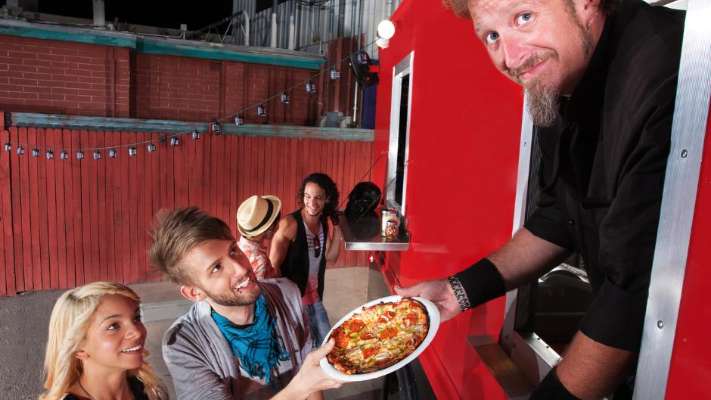
V. Regulatory and Compliance Costs
Navigating the maze of regulations and compliance requirements is a crucial aspect of running a pizza food truck. Health department inspections and permits are essential for ensuring food safety and compliance with sanitation standards.
Depending on your location, you may also need to obtain business licenses, zoning permits, and special event permits to operate legally. The average cost of permits will vary so be sure to research the cost in your area.
Investing in food safety training and certification for yourself and your staff is another essential regulatory start-up cost to consider. Proper training ensures that you and your team understand and adhere to food handling protocols, minimizing the risk of foodborne illnesses and ensuring customer satisfaction. While these certifications may require upfront expenses, they are invaluable investments in the long-term success and reputation of your pizza food truck.
Staying abreast of regulatory changes and updates is crucial for maintaining compliance and avoiding potential fines or penalties. It's essential to budget for ongoing regulatory costs, including permit renewals, inspections, and any required upgrades or modifications to your food truck to meet evolving standards. By prioritizing regulatory compliance and allocating resources accordingly, you can build a reputable and trustworthy brand that prioritizes the health and safety of your customers.
VI. Contingency and Miscellaneous Costs
In the unpredictable world of entrepreneurship, it's crucial to prepare for unexpected expenses and emergencies. Setting aside funds for contingency costs can provide a financial safety net to handle unforeseen challenges such as equipment breakdowns, unexpected repairs, or fluctuations in sales. By allocating a portion of your budget to contingency expenses, you can mitigate the impact of unexpected setbacks and keep your pizza food truck business running smoothly.
Miscellaneous expenses are another aspect of running a pizza food truck that shouldn't be overlooked. These may include costs for packaging, utensils, cleaning supplies, and other operational necessities. This could also cover the cost of pest control for restaurants, as often, food businesses that operate in mobile or outdoor settings are prone to recurring infestations due to their exposure to various environmental factors.
While these expenses may seem minor compared to other budget items, they can add up quickly and impact your bottom line if not properly accounted for. It's essential to budget for miscellaneous costs and regularly review your expenditures to identify areas where you can optimize spending and reduce waste.
VII. Financial Planning and Budgeting
Effective financial planning and budgeting are essential for the long-term success of your pizza food truck business. Creating a comprehensive budget that accounts for all expenses, including startup costs, ongoing operational costs, and contingency expenses, is crucial for managing your finances effectively. It's essential to set realistic financial goals and regularly monitor your income and expenses to ensure you stay on track to meet your targets.
Developing a budgeting strategy that prioritizes essential expenses while identifying areas where you can cut costs or optimize spending is key to maximizing profitability. Regularly reviewing your budget and making adjustments as needed based on changing market conditions, customer preferences, and business performance can help you adapt to evolving circumstances and position your pizza food truck for success.
In addition to budgeting, it's essential to maintain accurate financial records and keep track of your income and expenses. This includes keeping receipts, invoices, and other financial documents organized and up to date. By staying organized and informed about your financial health, you can make informed decisions that support the growth and sustainability of your pizza food truck business.
VIII. Conclusion
Starting your own pizza food truck can be an exciting and rewarding venture, but it requires careful planning and consideration of various costs. By understanding the financial landscape of launching and operating a pizza food truck, you can position yourself for success and minimize the risk of encountering unexpected challenges along the way.
Throughout this blog post, we've explored the key expenses to consider when starting your own pizza food truck, from initial startup costs to ongoing operational expenses, location costs, regulatory compliance costs, and contingency expenses. By thoroughly researching and budgeting for these expenses, you can develop a comprehensive financial plan that sets your pizza food truck up for long-term success.
While the costs of starting and running a pizza food truck may seem daunting, they are investments in the future of your business. By prioritizing financial planning and budgeting, staying informed about regulatory requirements, and making strategic decisions about locations and operational expenses, you can build a profitable and sustainable pizza food truck business.
As you embark on this entrepreneurial journey, remember that success doesn't happen overnight. It requires dedication, perseverance, and a willingness to adapt to changing circumstances. By staying focused on your goals, providing exceptional customer service, and continuously refining your business model, you can turn your passion for pizza into a thriving food truck enterprise. With careful planning and prudent financial management, the sky's the limit for your pizza food truck business.
There’s certainly more to starting a food truck than buying the truck. If you’ve been thinking about launching your very own pizza food truck business, it’s time to start planning. Being aware of all associated costs needed to ensure your financial readiness while being prepared for any unexpected surprises.


